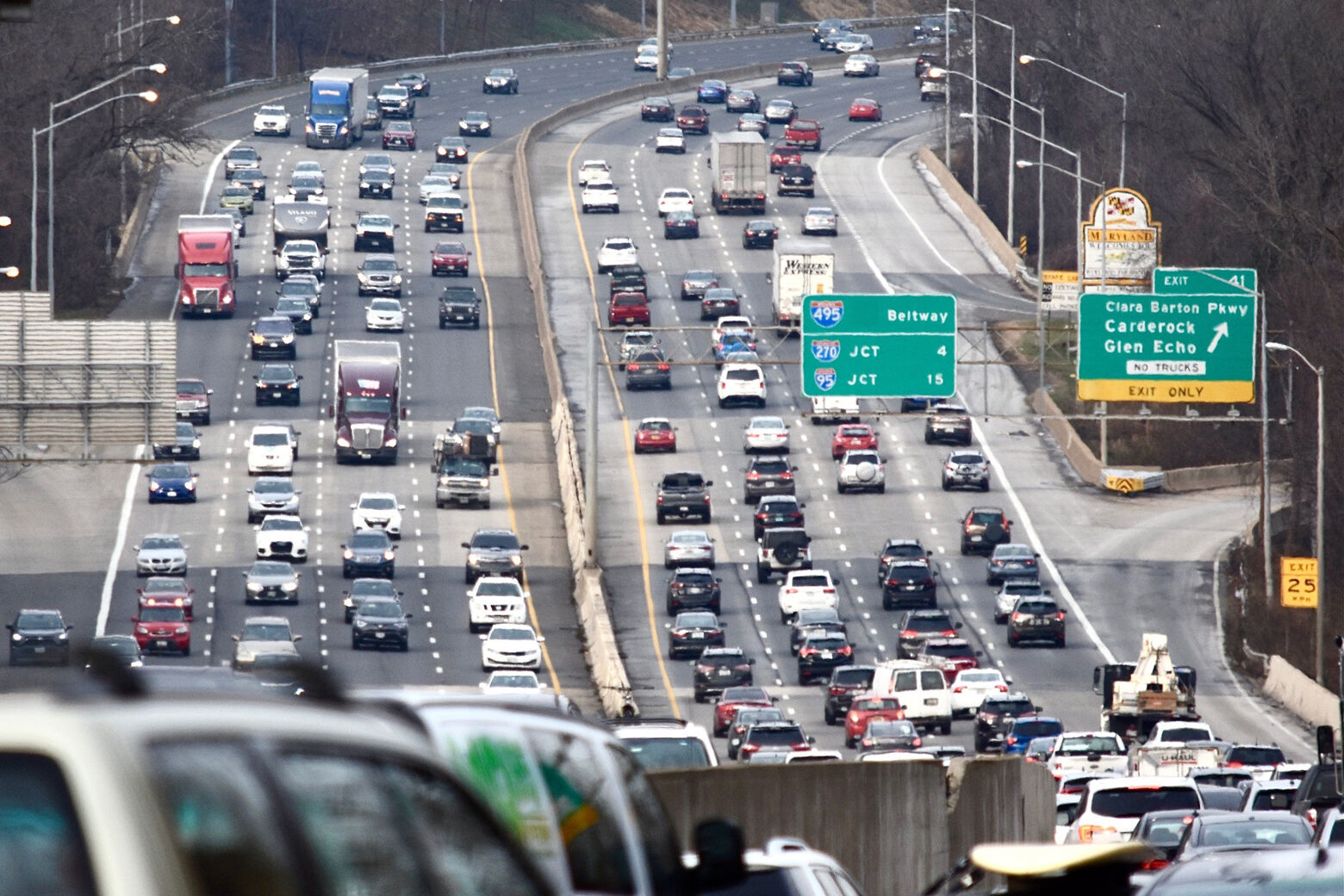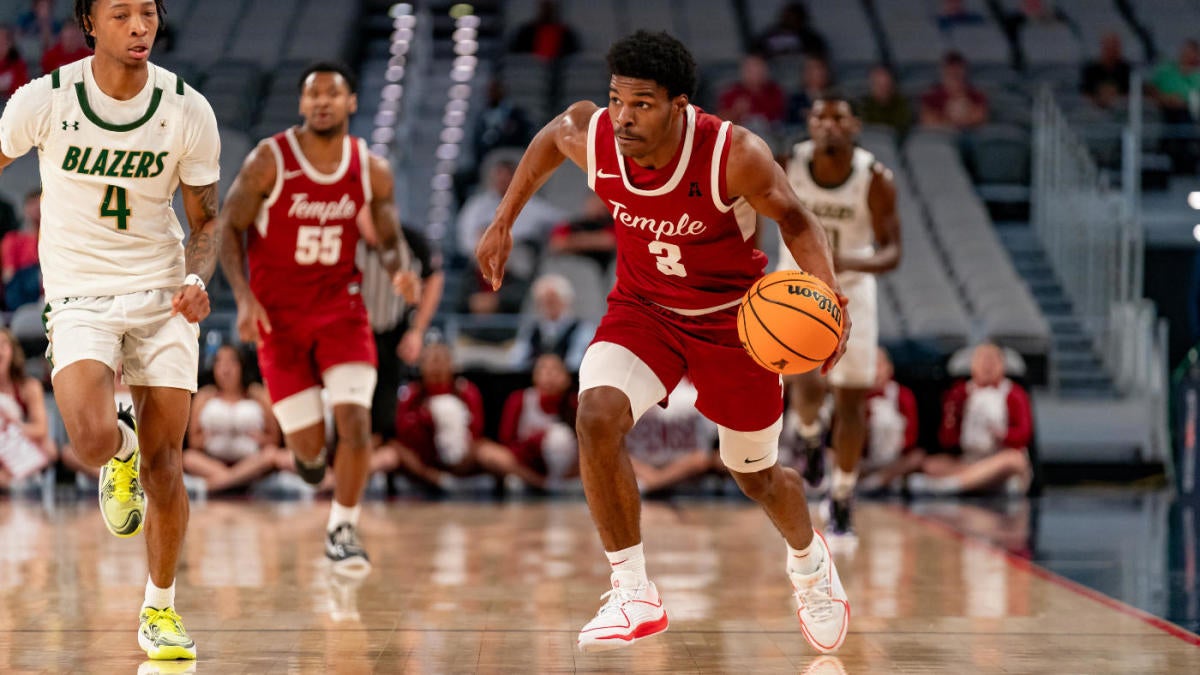Bussiness
Calling in sick is now a lot more complicated
Americans are well-known for being hard workers. The midday siestas and monthlong vacations so beloved in Europe don’t cut it with bosses stateside.
According to the US Bureau of Labor Statistics, nearly one in four US workers isn’t entitled to a paid sick day. But despite their industrious reputation, there is evidence that the predominantly white-collar Americans who do receive PTO are taking more sick leave than ever before.
HR platforms Dayforce and Gusto, for example, have both reported a jump in the amount of sick leave people are taking, based on companies they surveyed.
The pandemic changed workers’ attitudes to sick leave, raising awareness about the importance of staying home to avoid infecting coworkers and the need to care for mental health.
But human resources experts also say there’s another major shift affecting attitudes to sick leave: the arrival of Gen Z in the office.
Rue Dooley, HR knowledge advisor at the Society for Human Resource Management and a Gen Xer, said that his generation had been socialized and conditioned for decades to think that the more you work, the better you are as a human.
“That behavior doesn’t change overnight,” said Dooley. “But Gen Z has a different way of thinking and communicating.”
The young workers Dooley speaks to feel entitled to sick leave as if it’s a cultural norm. Their ideas are having an impact because the generational differences between Gen Z and millennials are far greater than they usually are between generations, he said.
“Younger workers are behaving in such a way that it is an entitlement. I should get time off when I need it without having to get special permission or feeling judged or condemned.”
Improved technology and connectivity also make their demands more feasible — they can be online anywhere and anytime. The downside is that the boundaries around work are blurring, Dooley added.
“But if you are strategic, conscientious, and you have access, you can be much more efficient, and you can have this work-life balance,” he said. And if employers don’t give in to it, the labor market won’t respond favorably to them.
Pressure to keep working
In the UK, where legislation has entitled all workers to sick pay since 1983, the issue of sick leave isn’t as pertinent. But that doesn’t mean it’s not changed since the pandemic.
Some data shows that the Brits are taking more time off — the average number of days British workers took off for sick leave increased from 5.8 days in 2019 to 7.8 days in 2023, according to UK-based HR body the Chartered Institute of Personnel and Development (CIPD).
But Cary Cooper, a professor of organizational psychology at the University of Manchester in the UK said the numbers don’t reflect the full picture.
That’s because presenteeism, where employees log on but cannot function well, is also increasing, said Cooper, recently president of the CIPD.
“People that abuse the system are very small, and with jobs so insecure at the moment, they want to work and deliver for their bosses,” said Cooper.
Hybrid workers feel pressure to be seen as reliable. So, where a common cold may have previously stopped them from commuting to the office, they now feel they can log on from home and work through their symptoms.
NurPhoto/Getty Images
That’s an advantage for minor ailments where you can answer a few emails and avoid falling behind, but where serious mental health concerns or exhaustion from illness builds up, the autonomy that hybrid work provides workers is detrimental, he said.
“If you’re very poorly, I don’t think people should be working. Even if they can do a few emails here and there, you really need recuperation.”
How to treat a sick employee
Though some evidence suggests US workers are taking more sick days, they are hardly becoming slackers — a 2023 Pew Research survey of nearly 6,000 workers who are offered PTO found that 46% didn’t take all that was owed to them.
Both Dooley and Cooper said that the responsibility for finding a balance around sick leave lies with managers.
“True leaders grasp that in terms of productivity, it’s better in the long term to allow people that time for their well-being over short-term productivity,” said Dooley.
However, the issue here, Cooper pointed out, is that people are promoted to managerial roles based on their technical skills, not their people skills.
“The old euphemism applies: people don’t leave a job, they leave a boss. Somebody with good emotional intelligence, who has got social and interpersonal skills, would say, ‘Oh, just take the day off.'”
If that’s not a boss’s natural tendency or their priority is meeting quarterly targets rather than the team’s welfare, then executives should emphasize that keeping people engaged and feeling valued is more important. If that’s not happening, then raise it in your performance review, he advised.
New legislation is also forcing the issue in some states. In January, California increased the minimum number of days of sick leave you can take from three to five, for example.
“The fact that there are states that are doing that suggests to me that there’s more to come,” said Dooley. “It’s an easy win for politicians.”








